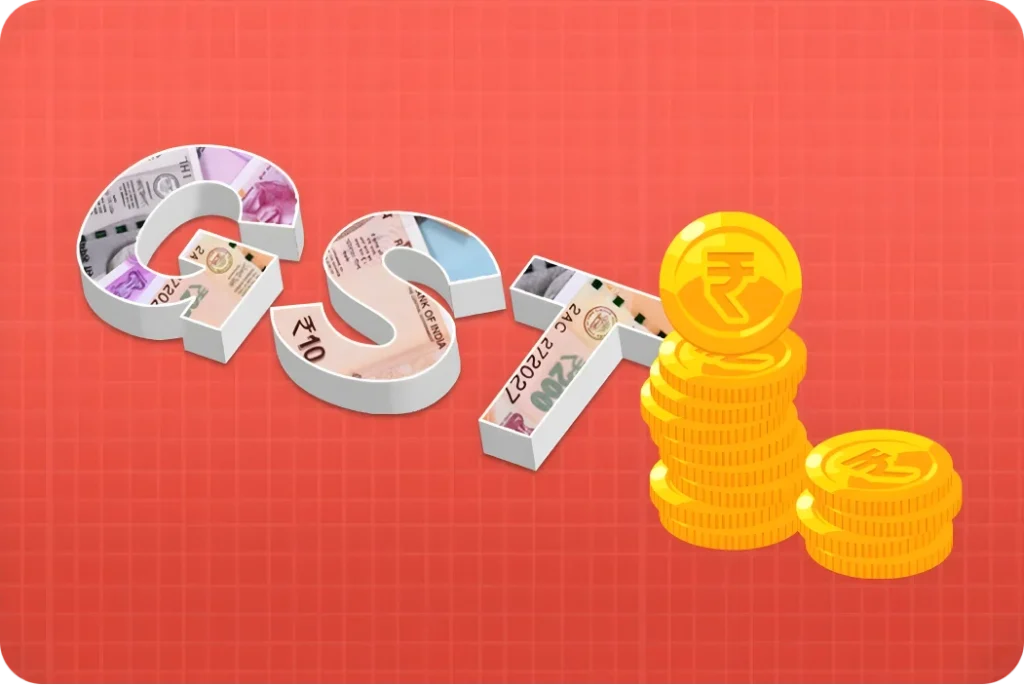What is Input Tax Credit ?
Input Tax Credit (ITC) is a crucial aspect of the Goods and Services Tax (GST) system, benefiting businesses by allowing them to offset the tax paid on purchases against their tax liability on sales. Under GST, every purchase is matched with a corresponding sale, ensuring a seamless flow of credit throughout the supply chain.
This mechanism, available to GST-registered businesses, facilitates tax refunds on purchase taxes, effectively reducing overall tax burdens. For example, manufacturers can deduct taxes paid on raw material purchases from their tax obligations when selling finished products. By promoting compliance and preventing double taxation, ITC simplifies the taxation process and ensures fairness, eliminating the risk of being taxed twice on the same transaction.

Conditions to Claim Input Tax Credit Under GST
Registered individuals can claim input tax credit under GST if they meet the below-mentioned conditions:
- The registered individual must have a valid tax invoice to claim the credit.
- Credit can be claimed upon receipt of goods or services, even if shipping and billing addresses differ.
- The supplier of goods or services should have deposited the tax amount to the government by filing GST returns.
- The individual should have filed the required returns to claim the input tax credit. It is important to submit a summary return of outward and inward supplies.
- The value of the goods or services, along with tax, must be paid to the supplier within 180 days from the invoice date. In case of any default, the credit amount will be added to the recipient’s output tax liability, with interest. Once the payment is made, the credit can be claimed again.
- In case inputs are received in lots, the credit can be claimed only upon receipt of last lot or installment .
Tips for Maximizing ITC:
Invoice Authentication: Ensure supplier invoices are complete and accurate, especially with the rising adoption of e-invoicing. Obtain vendor declarations if needed for future ITC filings.
QR Code Validation: Verify that suppliers subject to e-invoicing provide invoices with Invoice Reference Number (IRN) and QR codes. Familiarize yourself with B2B invoice requirements mandated since April 1, 2021.
GSTR 2A Verification: Confirm IRN validity on invoices and reconcile them with physical copies. Note that canceled invoices won’t appear in GSTR 2A. Suppliers should reconcile e-invoices with GSTR 1 for seamless processing.
GSTR 2B Confirmation: Apart from registering and printing IRN and QR codes, ensure timely invoice uploads to the government portal or submission of GSTR-1 by the 11th of each month. Invoice data reflects in GSTR 2B post the other party’s tax return filing.
Missing Invoice Follow-up: Promptly remind vendors to upload missing invoices and file returns on time if they don’t appear in GSTR 2A or 2B despite being in your purchase register.
Timely Payments: Verify vendor payments are made within 180 days of the invoice date to maintain ITC eligibility. Failure to do so may necessitate reversing the ITC claim as per GST regulations.
.
Conclusion:
The Input Tax Credit (ITC) mechanism is a cornerstone of GST, facilitating seamless credit flow throughout the supply chain. Unlike previous tax systems, where claiming input tax credit across different taxes was impossible, GST eliminates this limitation. By allowing businesses to offset taxes paid on inputs against their tax liabilities, GST promotes efficiency and avoids tax cascading. This integrated approach, jointly administered by the Central and State Governments, benefits all stakeholders, from manufacturers to end consumers, ensuring uninterrupted credit movement and preventing tax duplication.


